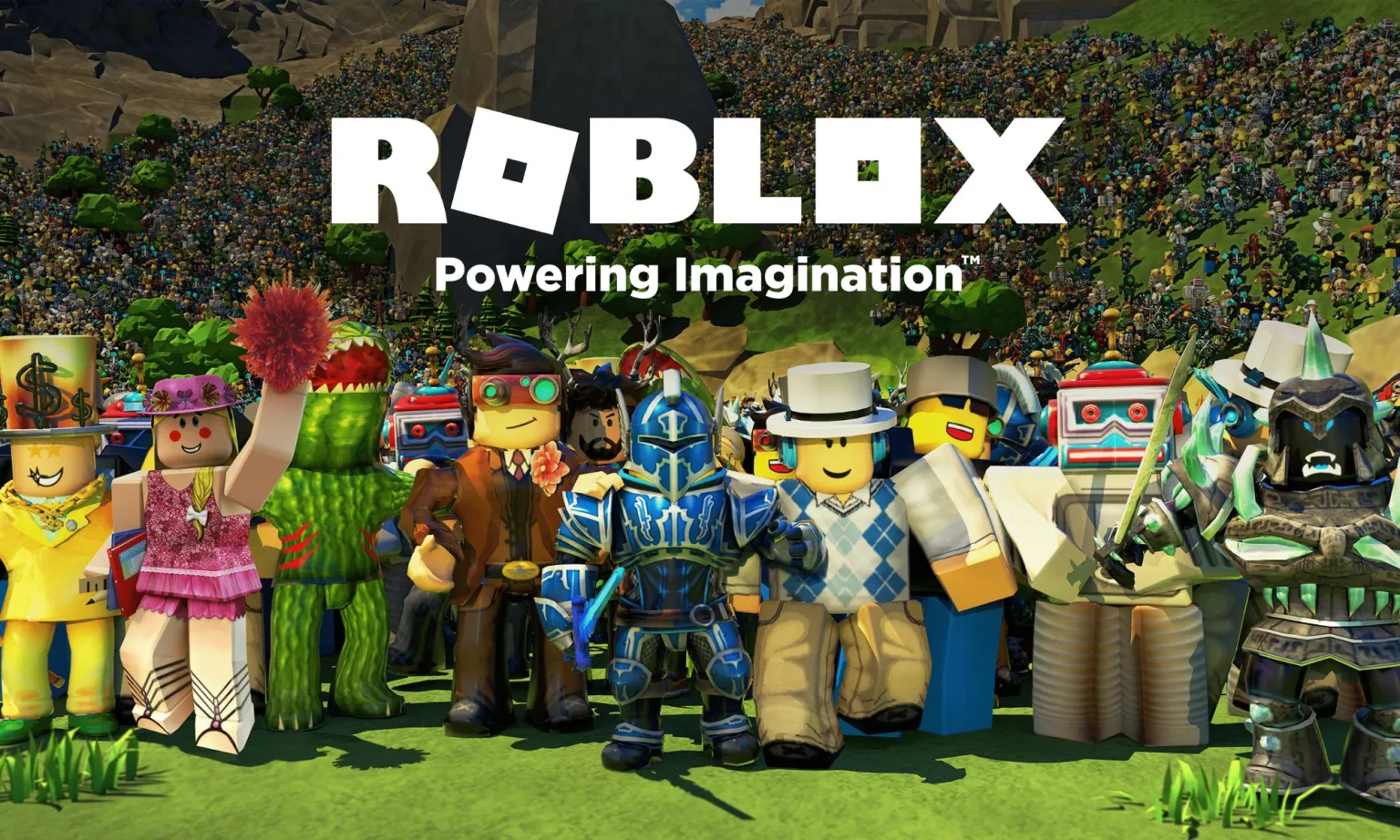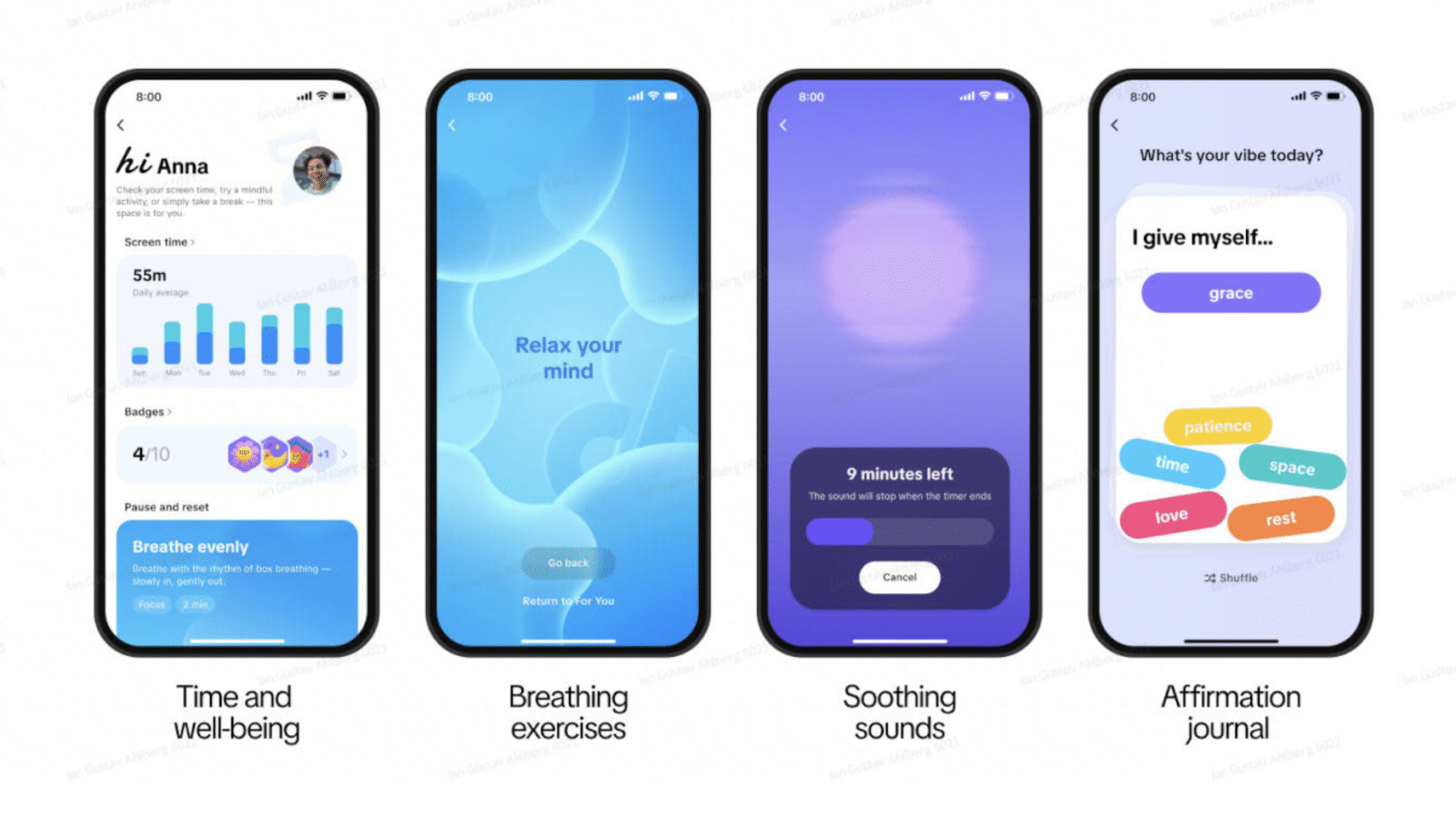TL;DR: Love, Death + Robots Season 4 is a fever dream wrapped in chrome and coated in blood, vibes, and interdimensional absurdity. This isn’t just animation—it’s an anarchic, hyper-intelligent art gallery where David Fincher plays with marionettes, psychic warriors roll through dystopias, and grief is as real as the gore. It’s not perfect, but it never plays safe.
Love, Death + Robots
There are shows you watch. And then there are shows you experience, preferably with your brain slightly fried from either fatigue, wine, or the existential dread of another late-stage capitalist Tuesday night. Netflix’s Love, Death + Robotsis squarely the latter—an anthology series that rarely plays by the rules, mostly because it never acknowledges any exist to begin with.
By Season 4, you’d think the novelty might wear off. Maybe the thrill of unconnected sci-fi vignettes would dull. Maybe the overuse of photorealistic textures or the underuse of narrative payoff would start to chip away at the show’s once-searing edge.
But nope. If anything, Love, Death + Robots has simply evolved into a more confident kind of monster—one with sharper teeth, stranger limbs, and the increasingly assured swagger of a show that knows it can drop a five-minute music video featuring a marionette Anthony Kiedis and still call it high art.
Season 4 is messy, thrilling, uneven, and sometimes outright insane. It’s also a work of genius.
There’s a point, somewhere mid-binge, when you realize Season 4 isn’t trying to please everyone. One minute you’re watching a heart-wrenching meditation on grief and revenge in “Spider Rose,” the next you’re cackling at a sentient fridge that just won’t die. The tonal whiplash is real. But that’s the point.
The animation—good lord, the animation. There is so much range here that it starts to feel like you’re walking through an interdimensional film school’s thesis week. From the painterly psychedelia of “400 Boys” to the grotesque marionette absurdism of “Can’t Stop,” each episode swings big with its own visual language.
Blur Studio continues to show off with its photorealistic chops in “Spider Rose,” but it’s the looser, more experimental stuff that sings. “For He Can Creep” feels like a side quest in a Japanese folklore fever dream, while “Smart Appliances, Stupid Owners” offers a delightfully unhinged satire that feels ripped out of a robot-ruled Portlandia.
We don’t often talk about art direction in anthology shows, but we should. Each of these shorts is an ecosystem, and Season 4 treats its viewers like astronauts dropped into new planets every 10 minutes. Some are lush and poetic. Some are radioactive warzones of nonsense. All of them are alive.
Let’s get the boring stuff out of the way: not every episode is gold. It’s the nature of anthologies. Even a show as inventive as this has its duds.
But when it works, it works.
“Spider Rose” is the season’s emotional powerhouse. A sequel to “Swarm,” it refuses to coast on nostalgia. Instead, it sinks into the emotional rot of revenge, throws in a synthetic child, and asks you to watch a woman reckon with both love and violence while being chased by flying death bots. It’s as much about mourning as it is about badass aerial combat.
On the flip side, you have “Can’t Stop” – which might be the most divisive five minutes of the season. Directed by Fincher (yes, that Fincher), it’s essentially a gonzo Chili Peppers music video rendered in stop-motion grotesquerie. It makes no sense. It has no right to exist. And it’s glorious.
Then there’s “400 Boys,” which feels like someone took Akira, The Warriors, and Evangelion, smashed them together, and added psychic ganglords rollerblading under kaiju babies. That’s not a metaphor. That’s literally what happens.
Season 4 is less about coherence and more about collision. Love, death, and robots remain the thematic anchors, but they’re just that—anchors. The show drifts way beyond them, into motherhood, artistic failure, urban decay, the ethics of vengeance, the pointlessness of AI smart homes, and the emptiness of spectacle.
There’s an almost punk-rock nihilism to it all. But it’s not lazy or try-hard. The show isn’t saying nothing matters. It’s saying that in a universe of infinite possibilities, even the silliest one deserves five minutes of your time. Even if it involves marionette Anthony Kiedis.
If Black Mirror is the techno-paranoia thinkpiece at the dinner table, Love, Death + Robots is the drunk cousin doing a shadow puppet reenactment of Neuromancer on your kitchen floor. And honestly? That shadow puppet show is starting to look like the smarter option.
What makes LD+R tick is its refusal to play safe. It dares to bore you. It dares to make you laugh at death or cringe at a sentient Bluetooth toaster. And when it lands an emotional gut punch, it does so with all the grace of a steel fist in a velvet glove.
Also: dinosaurs. Yeah, there are dinosaurs this season. Of course there are.
One noticeable shortcoming is that the show’s global animation outreach seems to be shrinking. Only two episodes this season come from non-US studios, which is disappointing given how much more vibrant and culturally weird previous seasons felt when more international perspectives were thrown into the mix.
The power of Love, Death + Robots is in its visual and narrative diversity, and we need more global weirdness in the mix. Here’s hoping Season 5 opens the gates again.
There’s a moment at the beginning of this season—Anthony Kiedis belting out “Can’t Stop” over a whirlwind of puppeted absurdity—that feels like a mission statement. Not for the Red Hot Chili Peppers, but for Love, Death + Robots itself.
Can’t stop. Won’t stop. Shouldn’t stop.
Because in a world increasingly carved into IP-farmed, factory-produced content, Love, Death + Robots dares to be a beautiful, broken collage of ambition and failure. And when it hits, it hits like a plasma cannon straight to the soul.






